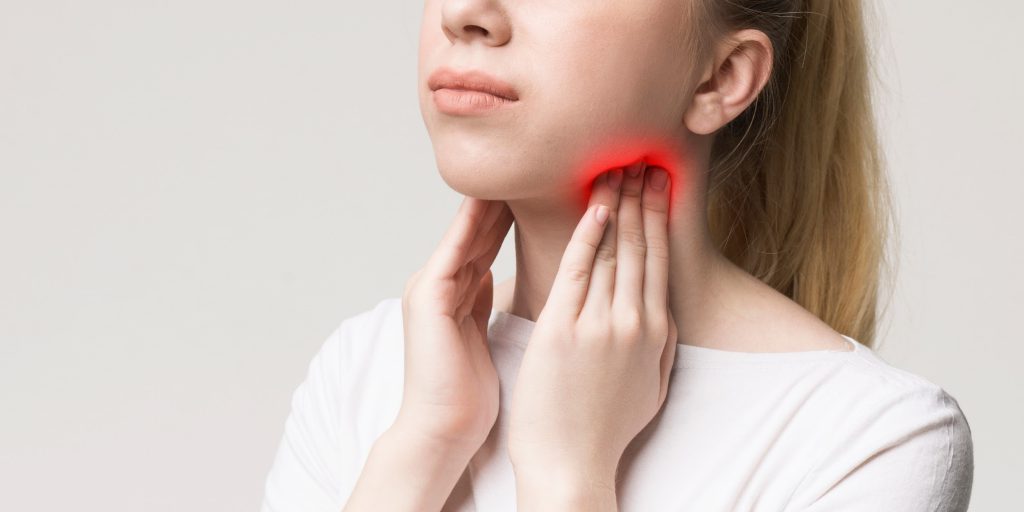
Nội dung bài viết / Table of Contents
This post is also available in: Tiếng Việt (Vietnamese)

Lymphadenitis is an infection of the lymph nodes (also called lymph glands). Lymphadenitis can be one of two types:
It is a common complication of certain bacterial infections. Please discuss with your doctor for further information.
The common symptoms of lymphadenitis are:
There may be some symptoms not listed above. If you have any concerns about a symptom, please consult your doctor.
If you have any signs or symptoms listed above or have any questions, please consult with your doctor. Everyone’s body acts differently. It is always best to discuss with your doctor what is best for your situation.
The lymph system (lymphatics) is a network of lymph nodes, lymph ducts, lymph vessels, and organs that produce and move a fluid called lymph from tissues to the bloodstream.
The lymph glands, or lymph nodes, are small structures that filter the lymph fluid. There are many white blood cells in the lymph nodes to help fight infection.
Lymphadenitis occurs when the glands become enlarged by swelling (inflammation), often in response to bacteria, viruses, or fungi. The swollen glands are usually found near the site of an infection, tumor, or inflammation.
Lymphadenitis may occur after skin infections or other infections caused by bacteria such as streptococcus or staphylococcus. Sometimes, it is caused by rare infections such as tuberculosis or cat scratch disease (bartonella).
Please discuss with your doctor for further information.
The information provided is not a substitute for any medical advice. ALWAYS consult with your doctor for more information.
If you have lymphadenitis, the most important parts of your diagnosis are usually your history and the physical exam done by your healthcare provider. You may be asked about your symptoms, such as chills and fever, any recent travel, any breaks in your skin, and recent contact with cats or other animals. Then, during the physical exam, your healthcare provider will look for signs of infection near the enlarged lymph nodes.
These tests may be needed to help make the diagnosis:
Your healthcare provider will figure out the best treatment based on:
The exact type of treatment depends on what type of infection has spread into your lymph nodes. Once an infection has spread into some lymph nodes, it can spread quickly to others and to other parts of your body, so it’s important to find the cause of the infection and start treatment quickly.
Treatment for lymphadenitis may include:
Surgery to drain a lymph node that has filled with pus
The following lifestyles and home remedies might help you cope with lymphadenitis:
If you have any questions, please consult with your doctor to better understand the best solution for you.
Read more post:
Lymphadenitis. https://www.hopkinsmedicine.org/healthlibrary/conditions/infectious_diseases/lymphadenitis_134,80. Accessed November 21, 2017.
Lymphadenitis. https://medlineplus.gov/ency/article/001301.htm. Accessed November 21, 2017.
Review Date: November 21, 2017 | Last Modified: November 21, 2017